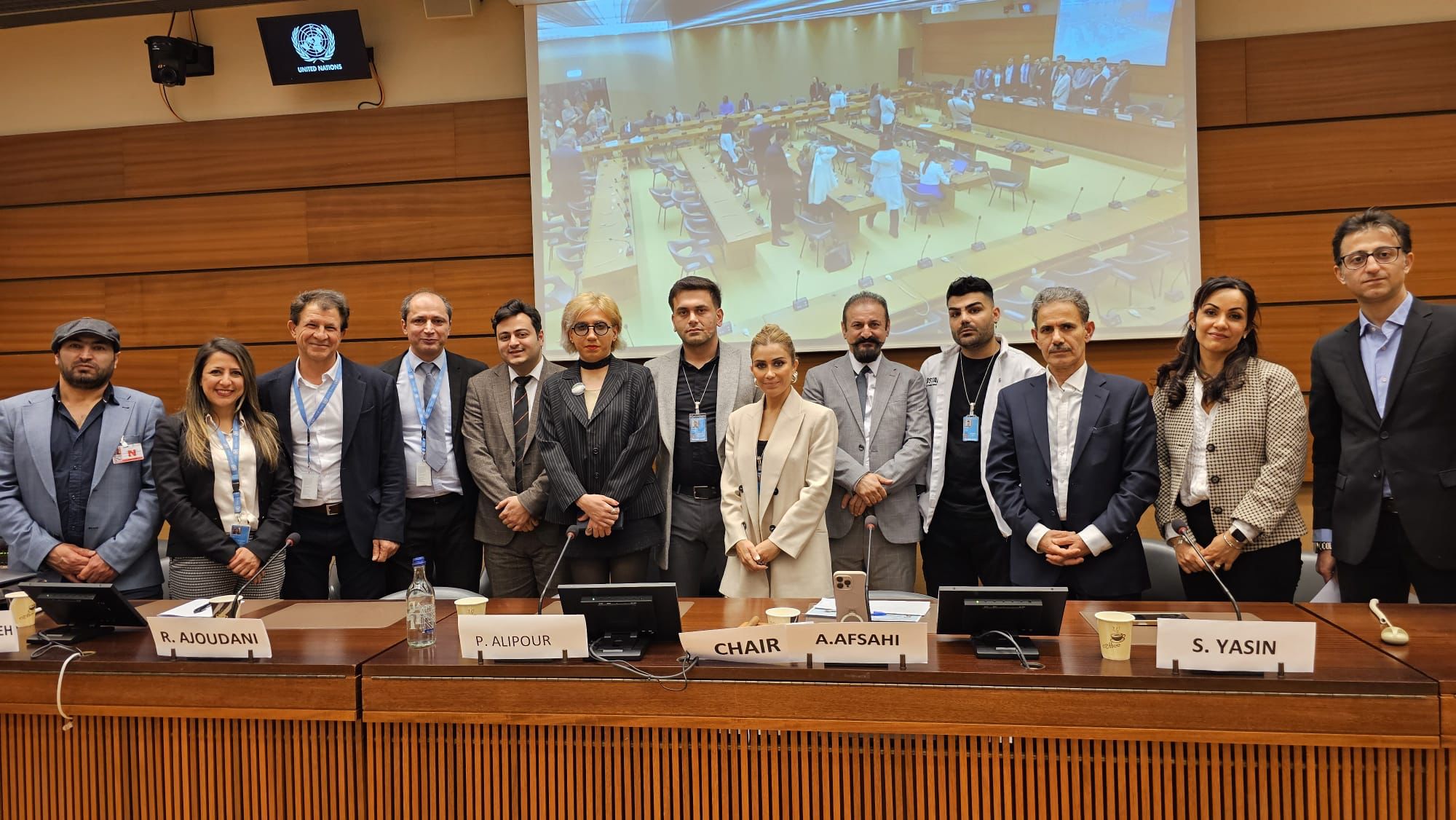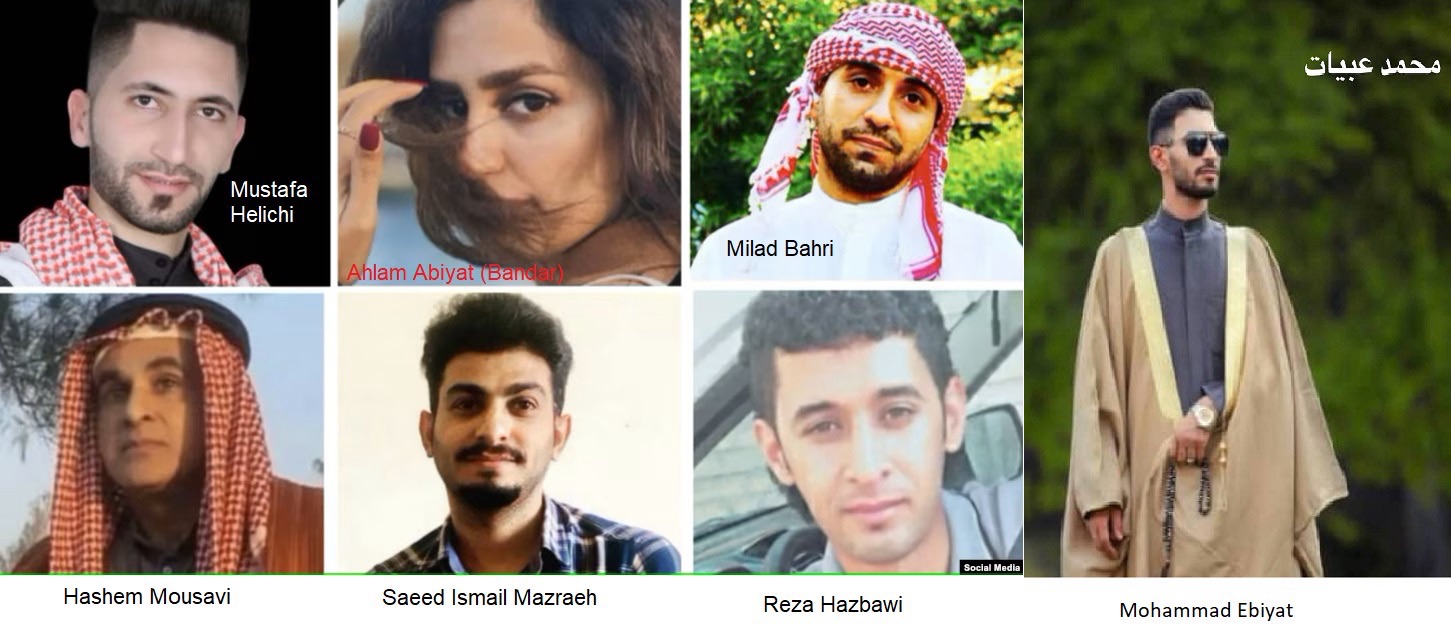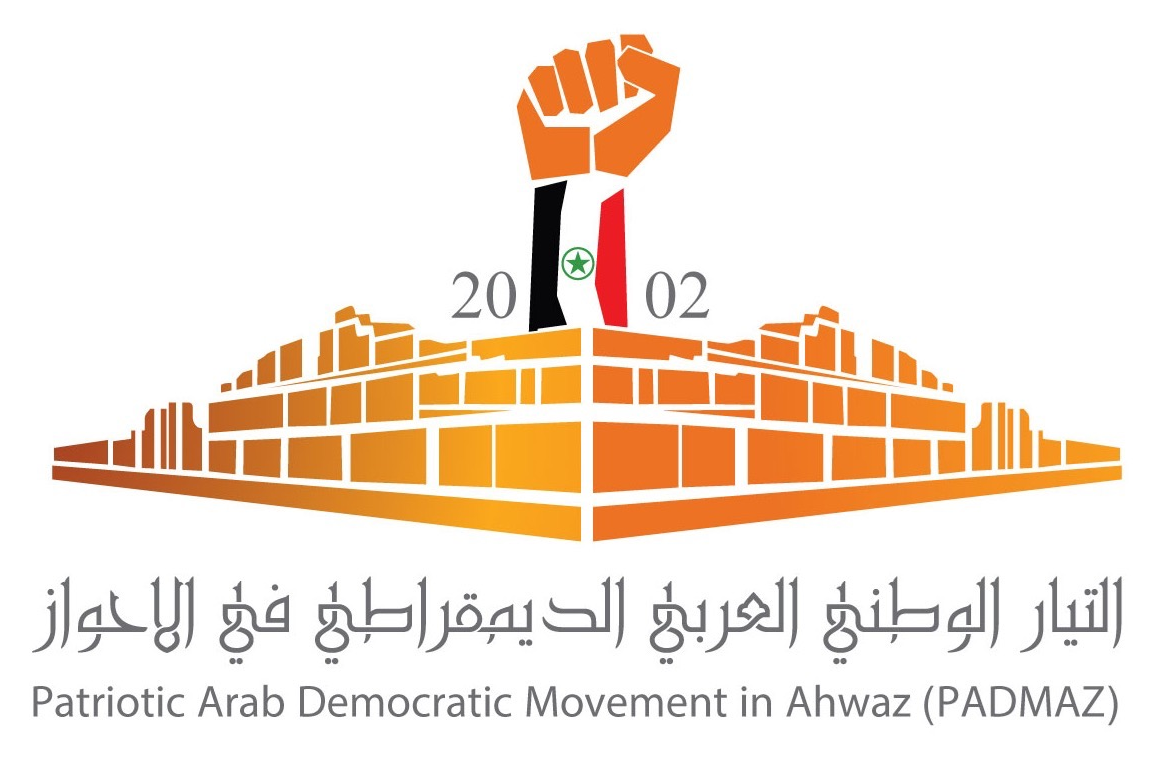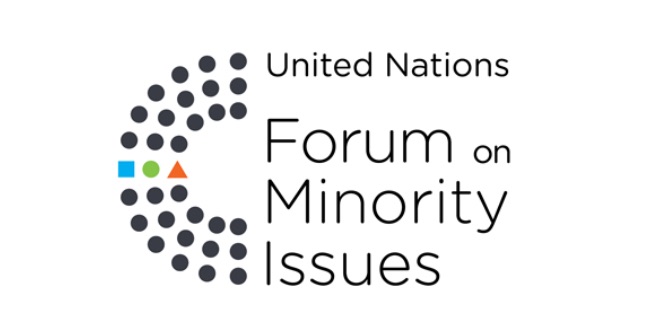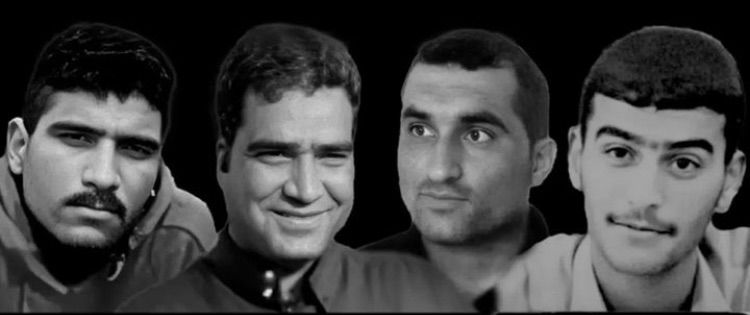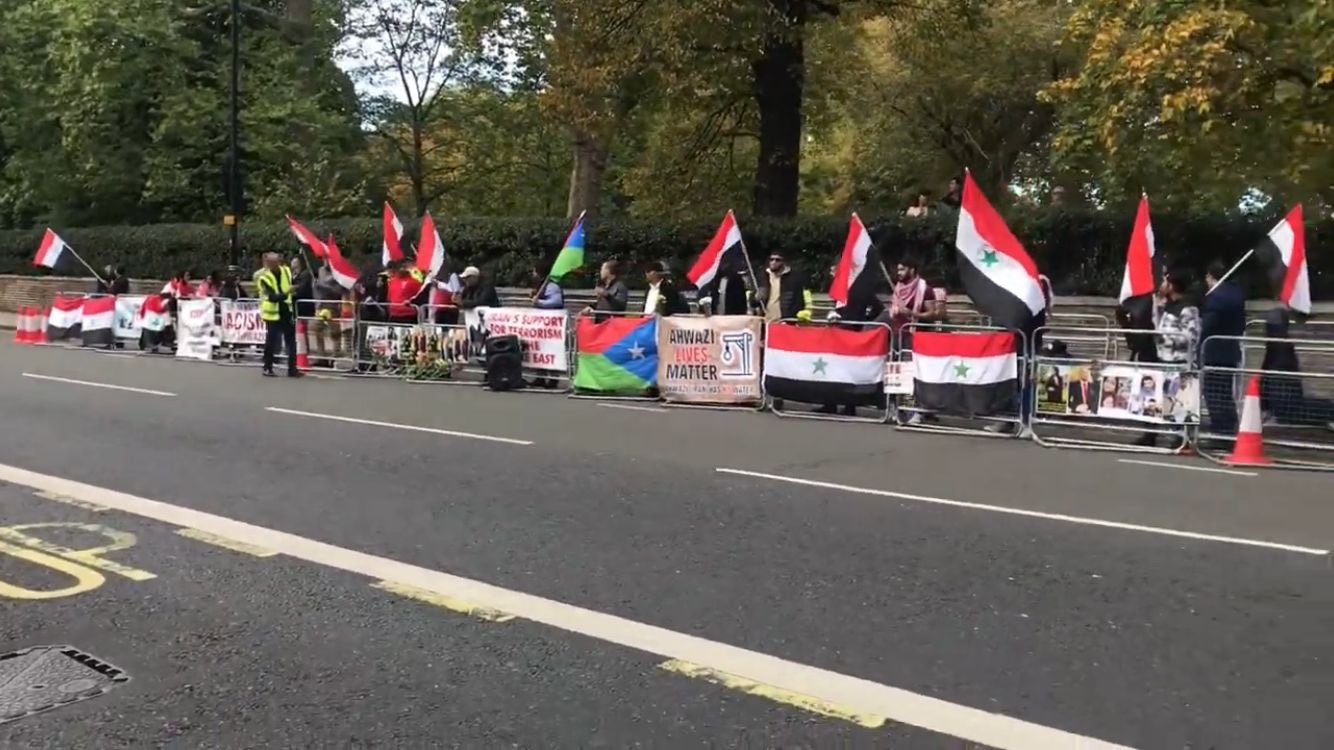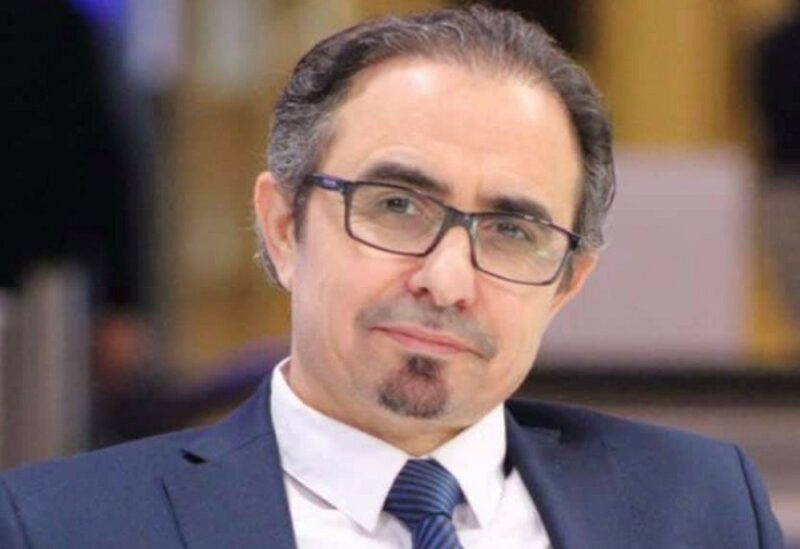Destruction of the Arab villages of Ahwaz: A Colonial Project
Written by: Mahdi Hashemi
From the Pahlavi period until now, the Arab villages of the Ahwaz region have always been attacked by the ruling regimes and have been destroyed in various ways. In this article, we have tried to examine this problem and its roots.
Physical elimination of villages through development plans with a security-based agenda:
Since Iran’s domination of the Arabian Ahwaz region in 1925, several so-called development plans have been implemented in various parts of the Ahwaz region. Until the end of World War II, these projects focused on the development of oil facilities such as the Abbadan refinery and other oil facilities in the south and north of the Ahwaz region. After World War II and at the beginning of the fifties, at the same time as the so-called development plans of the country and the implementation of industrial and agricultural projects in the Arab areas around Sousse to Shushtar, dozens of villages were completely destroyed by the central government. The residential and agricultural lands of these villages were confiscated in order to establish a sugarcane project in Al-Sab’a (Haft Tappeh), a sugar and paper factory, and several other joint agricultural and industrial projects of Iran and abroad. The Arab villagers, whose villages had been destroyed, were housed in settlements so that the first phase of the operation to destroy the Arab villages in Ahwaz could be carried out by the central government.
In addition to the displaced Arab villagers, these newly built settlements became home to the Persian workers and employees of the newly established projects, who had migrated to these areas from the provinces of Isfahan and Yazd as soon as the projects were started. In fact, the Pahlavi regime considered the existence of Arab villages as an obstacle to its planned social and political reforms. As such, it tried to destroy the social system and Arabic culture of the villagers and create a new basic structure for the Arab people in order to be able to overcome the identity roots of these people and facilitate their assimilation. By destroying the villages, which were to some extent out of the regime’s control both economically and culturally, the regime moved the Arab villagers from their villages to the settlements, and settled them economically and socially in the lower echelons of the settlements. The Arab villagers, who used to cultivate their own lands and were subordinate to no one, settled in the new settlements as low-wage workers (in the best case scenario) while their non-Arab immigrant neighbors had superior jobs and enjoyed better economic status. Thus, the regime had to some extent managed to free itself from the semi-independent rural social structures and also to bring them under control in a new situation. The spread of Persian culture and language in the new settlements was one of the main strategies of the Pahlavi regime to unify the culture and erase the identity of the Arab villagers. This was achieved through great efforts within the newly established projects to keep the atmosphere of the new towns under the constant influence of Persian culture, by holding cultural ceremonies of different sorts, and celebrating different symbols of Persian culture and identity and historical illusions.
The seven sugarcane projects, which began in the 1990s, destroyed dozens of villages in various Arab areas similar to what happened in northern Ahwaz. During Hashemi Rafsanjani’s presidency, sugarcane projects were approved in the regime’s parliament as national projects, and dozens of Arab villages were demolished from the north of Shoaibiyeh district to the vicinity of Mohammara town. Many villages around Dez and Shatit (a branch of Karun) rivers as well as those located on the both sides of Karun river along its passages of Ahwaz-Mohammara and Ahwaz –Abbadan were completely destroyed and their agricultural and residential lands were confiscated for Khomeini’s sugarcane project in Shoaibiyeh village, and Dehkhoda, Mirza Kuchak Khan, Amirkabir, Farabi, Dabal Khazaei and Salman Farsi projects.
Physical siege of villages
This strategy was clearly realized in the implementation of sugarcane projects in Shoaibiyeh and Karun coasts on the Ahwaz-Mohammara and Ahwaz –Abbadan routes. In Shoaibiyeh district, Khomeini’s sugarcane project was designed in such a way that a number of Arab villages were besieged by sugarcane fields and their communication with Ahwaz and Shushtar was cut off. In other words, the residents of these villages need to walk along the sugarcane farms for distances of 5 to 10 kilometers in order to reach the communication roads with the mentioned cities. This has become a major problem for these remaining besieged villages, making life difficult for the Arab inhabitants.
A similar problem can be seen for other Arab villages on the coast of Karun on the Ahwaz-Mohammara and Ahwaz –Abbadan routes. In such a way, that the communication routes of these villages to Ahwaz have become more difficult than before the sugarcane projects and have caused serious problems for the Arab villagers.
Seizure of agricultural lands belonging to villages
There are many villages in the vicinity of the seven sugarcane projects whose agricultural lands have been completely or almost completely confiscated by the said projects, while the residential areas of the villages have remained undemolished. The villagers whose agricultural lands were completely confiscated were deprived of the opportunity to survive in the villages and were forced to migrate to the poor suburban areas. Those farmers, who lost the lion share of their lands to these projects, were left with a smaller portion of land which did not suffice to support their families, and this has caused many livelihood problems for farmers in the villages.
Deprivation of villages from basic services
According to the Arab farmers living on the Karun coast on the Ahwaz-Mohammara route, who worked in agriculture before the confiscation of their lands by the Amirkabir sugarcane project, the regime had been opening the dams on their lands and submerging their villages several times a year in the post-war years. Aside from the truth of the matter, when the farmers protested to provincial officials against the flooding of their villages, officials told them, “You and your ancestors were wrong to build your villages next to Karun.” Such statements from these officials are not coincidental, as an examination of the performance of provincial officials shows a similar policy in all of Ahwaz. Unlike what has been done in other Iranian provinces, in the Ahwaz region, the government has taken no action for watershed management and controlling the floods, to protect the villages alongside Karun River. The Arab villages, located along the rivers and sometimes between two rivers, are always left to fend for themselves, against the floods that take over their lands and villages several times a year. In the case of the villages of Shoaibiyeh, these villages are left between the Karun and Dez rivers without even a single bridge. As such, to go to Ahwaz city, the inhabitants of dozens of villages in this area need to return to Shushtar first and take the road from Shushtar to Ahwaz. Over the past decades, many villagers have lost their lives on their way to the cities to get medical (emergency) assistance due to the lack of a bridge over the Karun and Dez rivers, and the long and rough travel paths imposed on them.
Farmers are deprived of modern agricultural services
There are many villages around the rivers of Ahwaz Region, whose lands have remained uncultivated despite the fact that they are only a few kilometers away from the rivers. Some farmers in Shoaibiyeh district tried to overcome this problem at their own expense and despite their lack of engineering knowledge. They tried to dig pools along the way from the Karun River to deliver water to the lands far from the river using electric pumps, but this has failed due to engineering problems.
The state of the lands which are barren despite being located in the vicinity of the rivers, the villages that still use the canals built during the reign of Sheikh Khazal, and dozens of other examples show that the Arab villages have been deliberately abandoned in their centuries old conditions. A closer look at the situation of the Arab villages and the simple but insurmountable problems they face shows that the Iranian regime considers these villages outside its area of responsibility and does not consider itself obliged to provide them with any agricultural services or water supply. This is while, it is this irresponsible and discriminatory regime that, when confiscating the lands of Arab farmers, has introduced the barrenness of the lands along the river, which is itself a direct result of its discriminatory policies, as a sign of the Arabs’ laziness, and an excuse to give themselves the right to confiscate these lands.
Dry rivers and water pollution
The greatest danger that has jeopardized the whole existence of the Arab villagers is the drying up of the rivers of Ahwaz region due to uncontrolled building of dams as well as the transfer of the water from the rivers of this region to the central plateau of Iran. In the recent years, due to the drying up of rivers, the Water Authority and the Agriculture Department have repeatedly banned villagers from diverting water from rivers during the cultivation season in large areas of the Ahwaz region, and in other areas have increased water tariffs per hectare of agricultural land.
The salinization of water due to the influx of large quantities of highly saline effluents from sugarcane projects into the riverbed has caused a large amount of salt to penetrate the lands of Arab farmers downstream. This has led to a sharp decline in fertility and, consequently, a decline in agricultural production. In this regard, according to official reports, the amount of wheat production the Ahwaz region shows a sharp decrease (about half) compared to the previous years.
The drying up of the rivers has also caused the Hur Aladim (Aladim wetland) to dry almost completely. This has left dozens of villages around the wetland, whose livelihood depended on the lake’s water resources, completely depopulated.
In the villages of Mohammara, Abbadan and Mashour, which overlook the Karun and Jarahi rivers and the Arabian Gulf, severe water pollution and salinity, water scarcity, and the progress of the Gulf’s saltwater into the riverbed have destroyed millions of palms. This has threatened the villages in these areas with complete destruction.


No supply of drinking water to the villages
According to the official statements by the Islamic Republic authorities, about 1,100 villages in the Ahwaz region do not have access to drinking water. In most of these villages, Arab inhabitants get their drinking water from muddy and polluted rivers, small streams and ponds. The rest of these villages import water by tankers which are very costly for the villagers.
According to statistics, there are 4,015 villages in Ahwaz region, of which only 2,917 villages have access to so-called “safe” drinking water, and 1,098 villages do not have drinkable water. While water is supplied through tankers to some of these villages, the rest of the villages do not have safe drinking water and in consequence deal with serious health issues.
Failure to clear war mines
Along the Ahwaz-Iraq border, there are dozens of Arab villages whose main residents have not been able to return to their villages since the end of the Iran-Iraq war. This is due to the negligence of the authorities in clearing of the lands of the mentioned villages from the minefields. Since the end of the Iran-Iraq war, the government has shown little interest in clearing these minefields.
The security significance of the border strip for the government suggests that the regime does not intend to return the villages to their original owners, and instead is building military and intelligence facilities in the villages so that it can conduct direct military and intelligence operations with political affiliates in the neighboring countries.
Commercial designs on the border strip
The villages on the borders of Mohammara and Abbadan with Iraq are subject to a major free trade zone plan. Vast portions of lands belonging to Arab villagers have been confiscated or are being confiscated by the government. The plan has also put a number of villages in the area at risk of total destruction.
In addition to the above mentioned concerns, the lack of educational facilities and schools in these villages and the lack of proper communication paths should be mentioned. To get to their primary schools, the children of the Arab villagers need to travel long and arduous routes at their own expense. They also need to travel to cities to continue their education in middle and high school.
In general, we can see a unified policy by the successive regimes in Iran towards the Arab villages in the Ahwaz region. The policies implemented by these regimes show that they have always considered the existence of Arab villages as a security threat and have tried in various ways to disrupt the assemblage of Arab villagers and displace them to the outskirts of cities.


